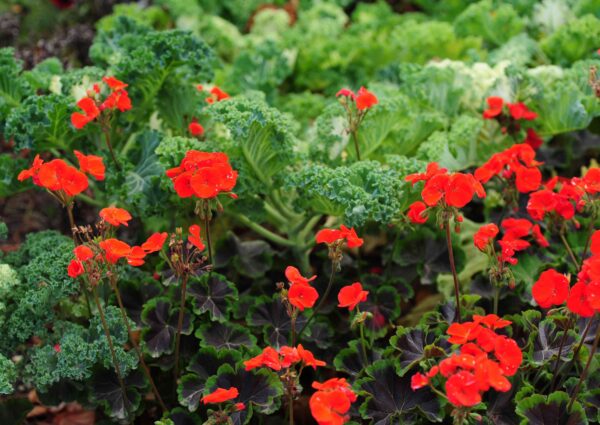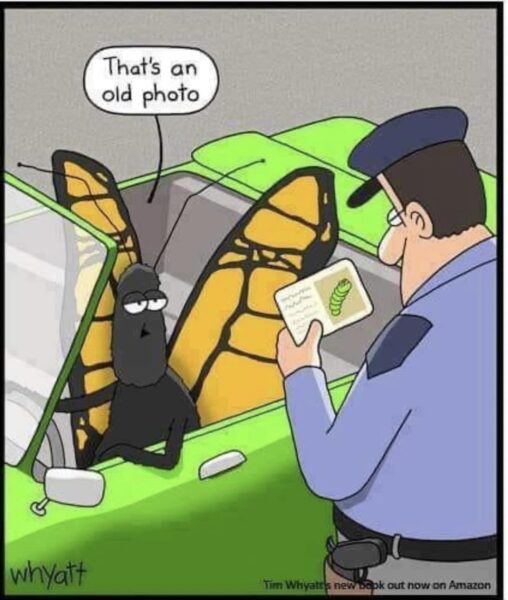In the intricate web of ecosystems, the role of pollinators cannot be overstated. From buzzing bees to delicate butterflies, these tiny creatures play a vital role in the pollination of plants that contribute to our food supply and the diversity of our natural world. Surprisingly, you can make a significant impact on pollinator populations with a straightforward action: adding a strip of native flowers to your yard.

The Power of Native Flowers: Native flowers, also known as wildflowers, have evolved alongside local pollinators for centuries. As a result, they offer an abundant source of nectar and pollen that perfectly suits the dietary needs of these essential insects. By planting native flowers in your yard, you provide a natural habitat and nourishment for pollinators, encouraging their survival and contributing to the balance of the ecosystem.
A Simple Strip of Transformation: The concept is beautifully simple – designate a section of your yard as a pollinator-friendly strip. This strip can be along the edge of your property, by the fence, or even a narrow area between your walkway and lawn. By filling this space with a variety of native flowers, you create a haven for pollinators to thrive.
Benefits Beyond Pollinators: The impact of adding a native flower strip extends beyond pollinators. As these flowers bloom and attract insects, they also invite birds and other wildlife, fostering a more diverse and vibrant ecosystem. Additionally, native flowers require less maintenance than non-native species, making them an excellent choice for eco-conscious gardeners.
Choosing the Right Plants: When selecting native flowers for your pollinator strip, consider factors like bloom times, color variety, and plant height. These factors ensure a continuous supply of nectar and pollen throughout the seasons, attracting various pollinator species. Native flowers like aster, goldenrod, coneflower, and milkweed are just a few options that pollinators love.
Creating a Ripple Effect: Your simple act of planting a native flower strip can have far-reaching effects. By providing a safe haven for pollinators, you contribute to the health of your local ecosystem and foster biodiversity. The plants you choose and the insects they attract will have a positive impact on neighboring gardens, farms, and even natural landscapes.
Sometimes, the most meaningful actions are the simplest ones. Adding a strip of native flowers to your yard is a powerful way to help pollinators thrive, support biodiversity, and make a lasting contribution to the environment. As the colorful blooms attract bees, butterflies, and more, you’ll witness the beauty and vitality of nature unfold before your eyes.
As an Amazon Associate we earn from qualifying purchases through some links in our articles.




